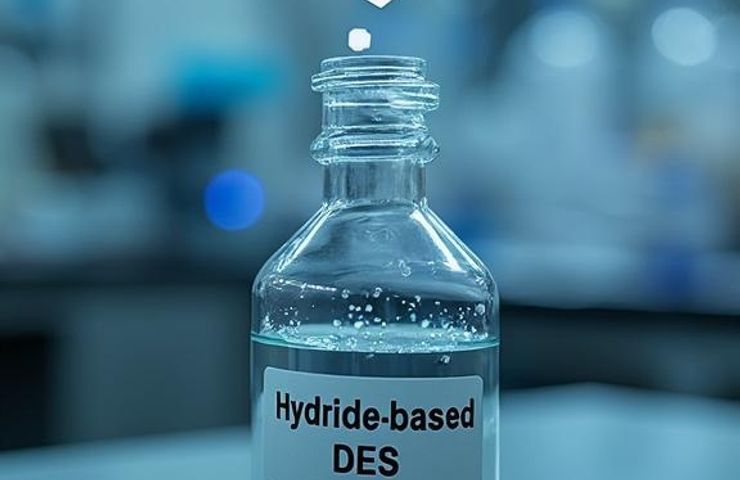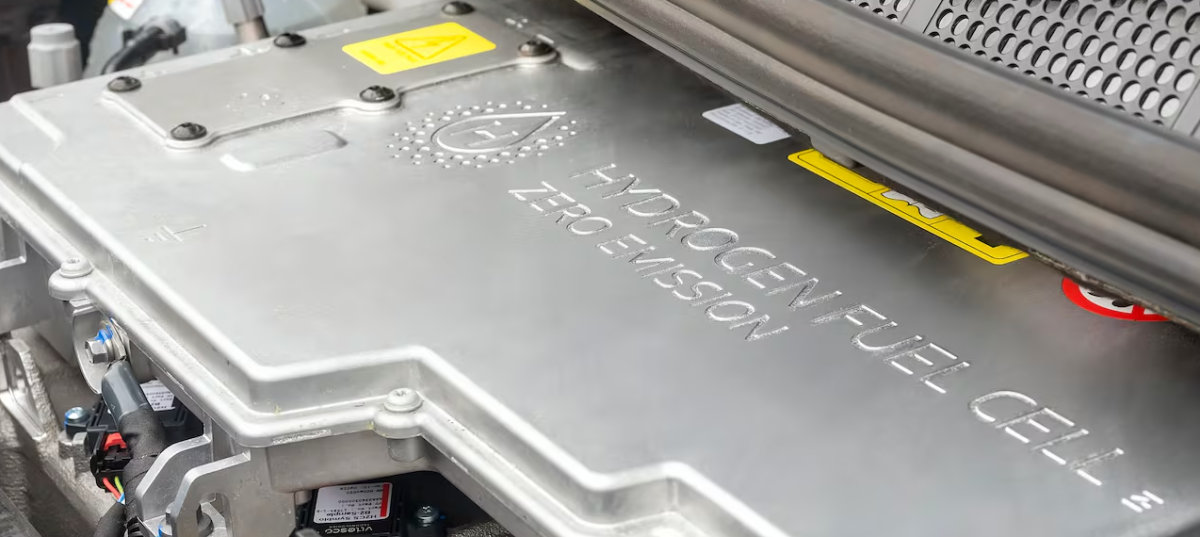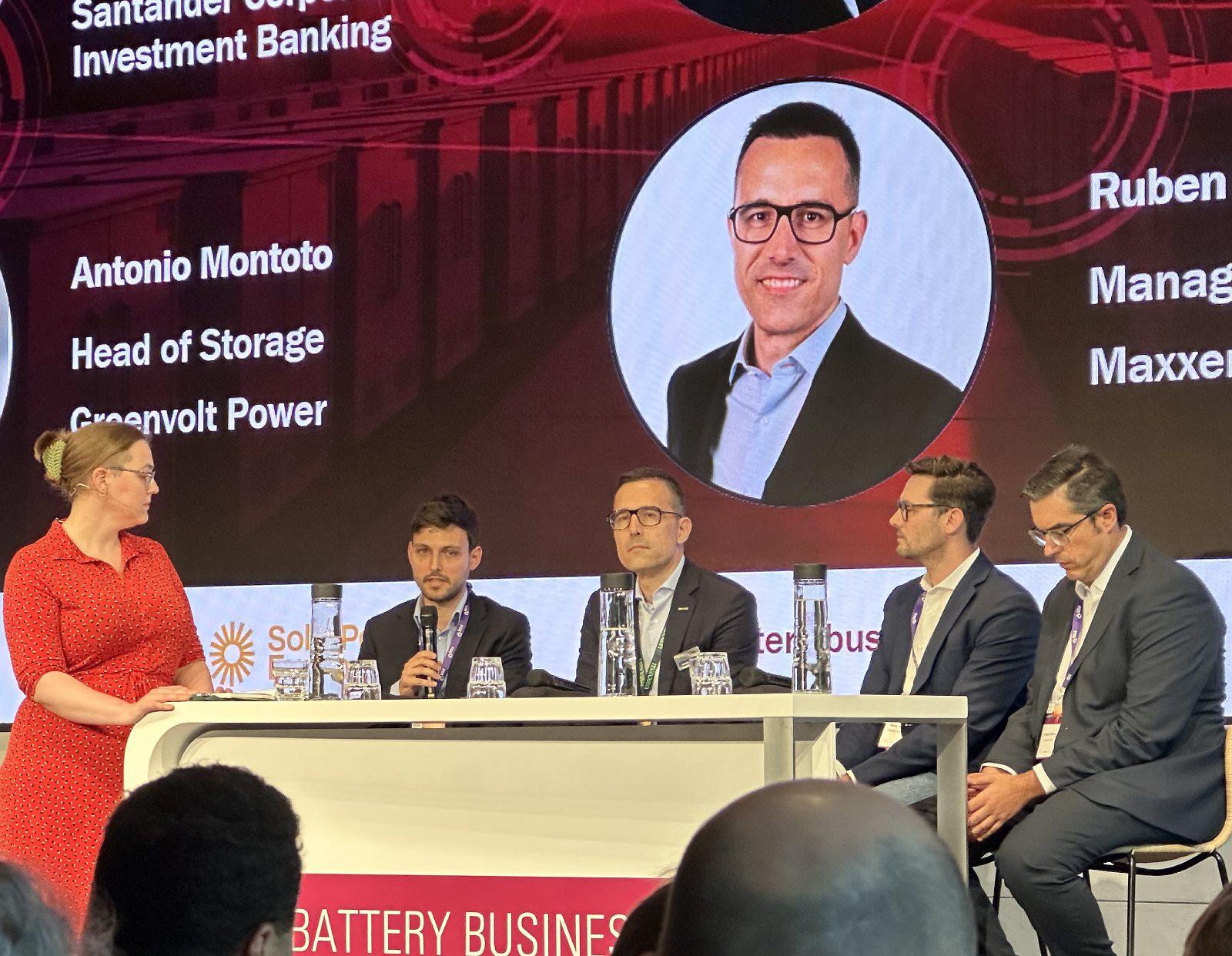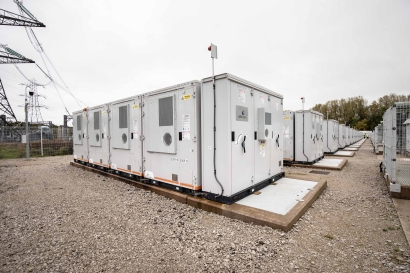Wireless EV charging based on PV, three-port DC–DC converter
Scientists have developed a wireless charging system for electric vehicles, with a three-port DC–DC converter at its core. They have simulated the system and tested a prototype in their lab and have found it achieved an improved efficiency of 88%.
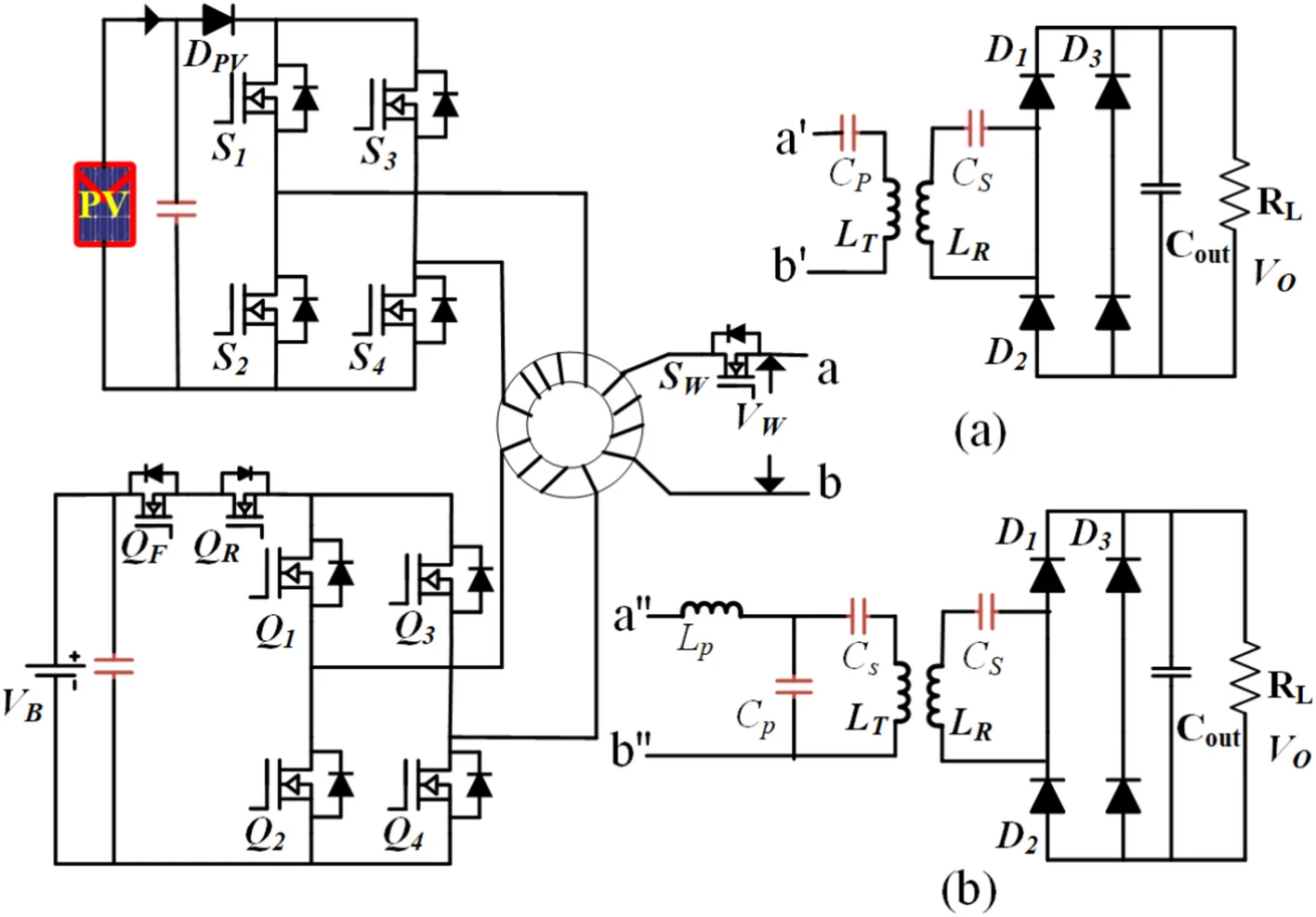
Scientists have developed a wireless charging system for electric vehicles, with a three-port DC–DC converter at its core. They have simulated the system and tested a prototype in their lab and have found it achieved an improved efficiency of 88%.
A group of scientists led by researchers from India’s SRM Institute of Science and Technology has developed a wireless charging system (WCS) for electric vehicles (EVs) that integrates PV generation. At the core of the system, which was both simulated and experimentally tested in a lab, resides a three-port DC–DC converter (TPC).
“The key contributions of this research are the development of a TPC for inductive wireless power transfer (WPT) systems, enabling efficient multi-port energy management; The integration of PV and energy storage systems (ESS) to ensure continuous charging, enhanced power utilization, and improved system stability under varying input conditions; and the analysis of series–series (SS) and inductor-capacitor-capacitor-series (LCC-S) compensation techniques,” the team said.
The system was first simulated in the MATLAB-Simulink and Ansys Maxwell software. Central to the TPC topology was the high-frequency transformer, which included three distinct windings, connecting the PV, battery, and transmitter. The PV and battery ports each used an H-bridge inverter operating at 85 kHz, while the transmitter coil is connected via a switch. In the case of the SS configuration, a series capacitor is used on both the transmitter and receiver. In contrast, the LCC-S case adds an inductor and two capacitors on the transmitter side and one series capacitor on the receiver side.
Image: SRM Institute of Science and Technology, Scientific Reports, CC BY 4.0
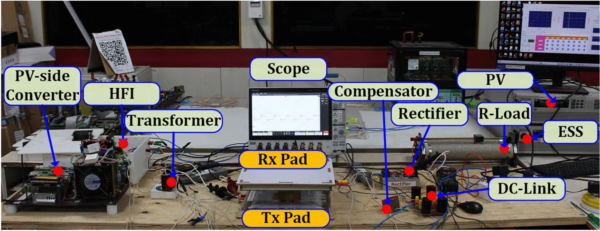
“The operation of the proposed system can be categorized into three modes based on the status of the PV port and the battery,” the group stressed. “In the first mode, the PV system simultaneously supplies power to both the WCS port (load) and the ESS/Battery. In this scenario, where PV alone supplies power to the WCS port is rare, as PV power typically aligns with the load power only for a brief period during the total daily operation. The second mode initiates when the power from the PV port is less than that required by the WCS port. In this mode, both the PV port and the ESS port contribute power to the WCS port. The third mode involves the ESS port exclusively supplying power to the WCS port.”
Following the conception of the system in software, the team has built a laboratory prototype of the system. It included a 500 W PV system and a 500 W ESS, both emulated using the Itech 6018B 500120 emulator. The WCS had a power of 350 W, using a square coil design. The high-frequency inverter (HFI) on the PV port side utilized four silicon carbide (SiC) power MOSFETs (SCT2080KE) as active switches. The ESS port-side converter also employed SCT2080KE MOSFETs.
According to their measurements, the proposed system achieves an improved efficiency of 88%.
“The analysis and experimental results demonstrate effective control of power flow through phase-shifting of the square wave outputs from the active bridges. The proposed TPC topology incorporates auxiliary switches at the ESS and WCS ports to eliminate circulating current between the battery and PV ports, thereby optimizing power flow management,” the team said. “Moreover, the study reveals that PV-integrated TPC systems with LCC-S compensation outperform SS compensation under misalignment conditions.”
The academics described the system in “A multiport DC-to-DC converter-driven inductive wireless charging system for EVs with integrated photovoltaic and energy storage systems,” published in Scientific Reports. Scientists from India’s SRM Institute of Science and Technology, K.S.R. College of Engineering, and Norway’s University of Southern-Eastern Norway have contributed to the study.
What's Your Reaction?

























